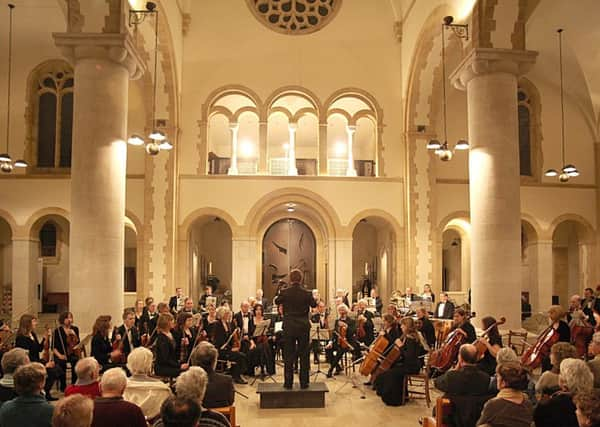REVIEW: Solent Symphony Orchestra at Royal Marines Museum, Southsea


The first especially notable feature of the first half was the concerto for oboe d’amore and strings by Bach.
Soloist Lucinda Willits already has a strong reputation as an oboe player in this and many other local orchestras and wind ensembles and here she fully exploited the rich yet pure resonance of this double-reed instrument which sounds a third lower than the oboe.
Advertisement
Hide AdAdvertisement
Hide AdAssured and convincing in the animated exchanges between soloist, strings and continuo in the opening and closing movements, Lucinda also played the moving melody of the larghetto with real poise and control.
In complete contrast, The Unanswered Question – a musical work by Charles Ives – followed. Written early in the 20th century, this work was not performed until 1946.
Three separate groups of musicians comprising solo trumpet, string ensemble and woodwind quartet are purposefully far removed from each other.
In this concert former Royal Marine trumpeter, Jonathan Yates, posed the question from the balcony after which the woodwinds and strings offered replies in a uniquely characteristic manner.
Advertisement
Hide AdAdvertisement
Hide AdIndeed if sitting just to the right of the woodwind ensemble somehow seemed to heighten the dominance of key players it was clearly successful in communicating the increasing agitation and dissonance of this group compared to the largely tight and highly melancholic harmonies of the strings.
Yet if this work rightly left the audience with questions yet unanswered, the second half offered a lighter touch with William Alwyn’s Suite of Scottish Dances and Haydn’s Symphony No 104 in D major ‘The London’.
This concert, indeed, fully exploited the flexibility of many players both individually and in ensemble; yet it was a pity that only a relatively small and intimate audience gathered to appreciate it.